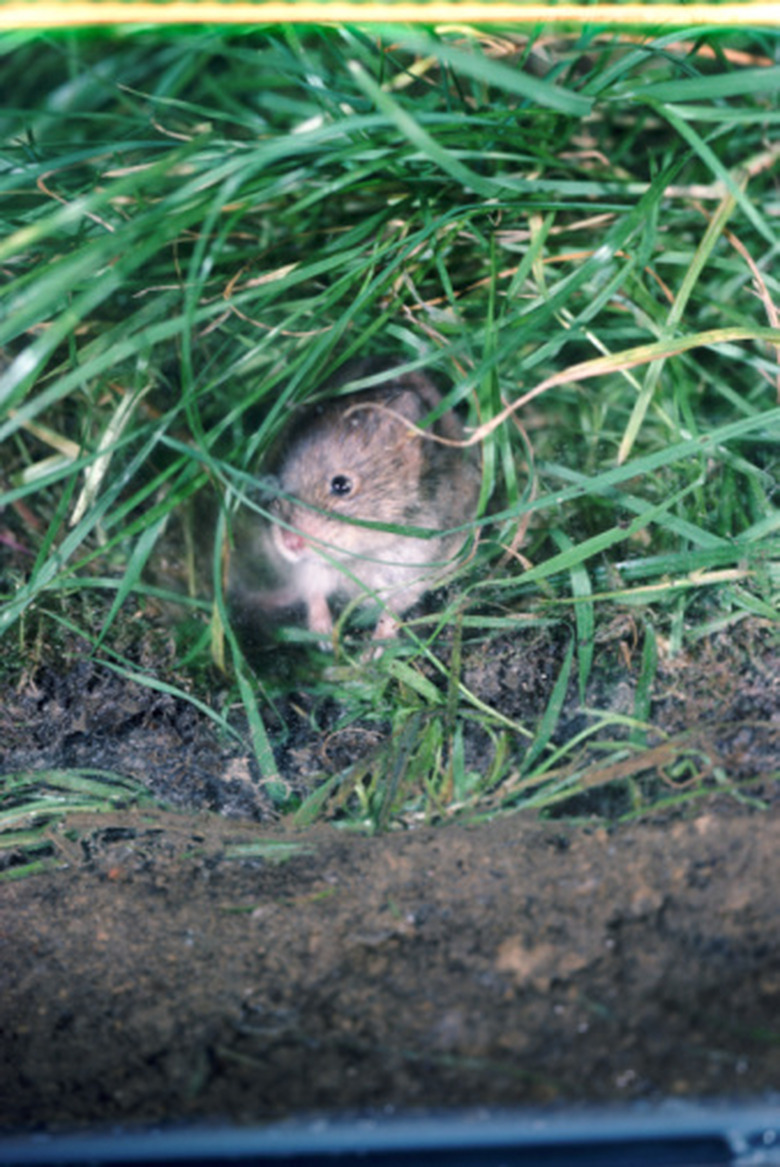Homemade Repellents For Voles
Voles cause considerable damage to garden plants by feeding on underground bulbs and succulent roots, as well as foliage and plant shoots above ground. Gardeners can detect vole damage by girdling and 1/16- to 1/8-inch gnaw marks around stems and roots; angled clipping or larger gnaw marks indicate rabbits or deer. Although repellents have less consistent results than trapping and poisoning, they are more humane than most methods. Some vole repellants are also effective against rabbits and deer.
Garden Management
Eliminate vole hiding places and habitats to make your yard less desirable to voles: keep grass short, and remove excess vegetation or wood piles in the area. Border your yard or garden with crown vetch, a plant voles find unpleasant. Circle individual trees or plant beds with ¼-inch mesh hardware cloth that extends 18 inches above ground and 6 inches below.
Taste Repellent
Hot pepper repellent effectively protects young trees and shrubs from vole damage, and may protect other garden plants. To make this repellent, chop a yellow onion and a jalapeno pepper and boil them with 1 tbsp. cayenne pepper in 2 qt. of water. When the mixture cools, strain it through cheesecloth and transfer it to a garden sprayer or spray bottle. Spray the repellent on plants, and respray every three to five days.
Odor Repellent
The scent of chicken eggs may be effective in preventing vole damage. To make the repellent, break eggs and remove the membrane from the yolk to prevent clogging the sprayer. Blend a 20/80 solution of eggs and water, and transfer the solution to a spray bottle or garden sprayer. Spray the repellent on target plants, and respray every month. Egg repellent is water-resistant and less labor-intensive than making the taste repellent, but it can be smelly.
Combination Repellent
According to the University of Illinois Extension, the most effective vole repellents contain both taste and odor deterrents. To make a combination repellent, break four eggs and remove the membrane around the yolk to prevent clogging the sprayer. Blend the eggs with 2 oz. red pepper sauce, 2 oz. chopped garlic and 3 cups of water. Strain the mixture through cheesecloth, and transfer it to a garden sprayer or spray bottle. Spray the mixture on your plants, and reapply once a month.
